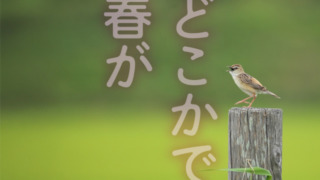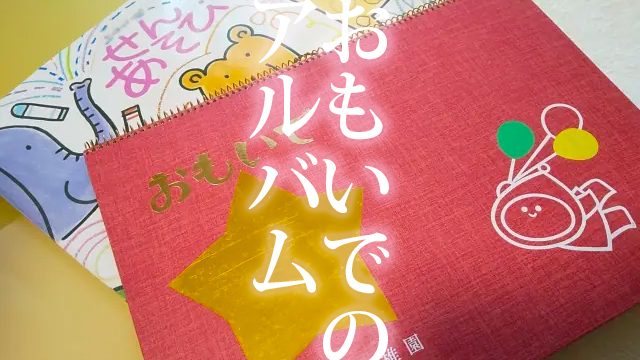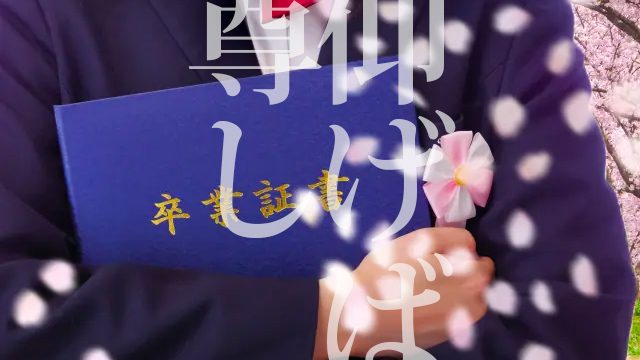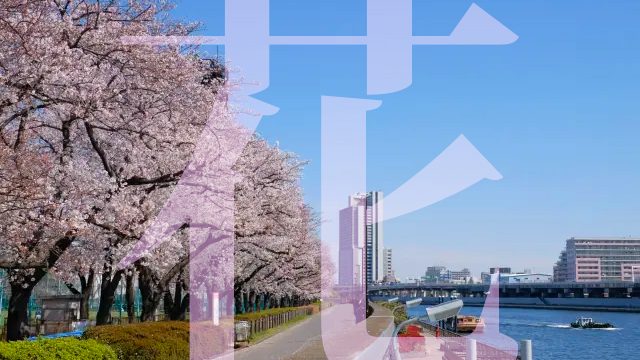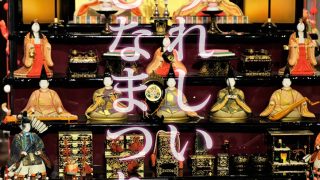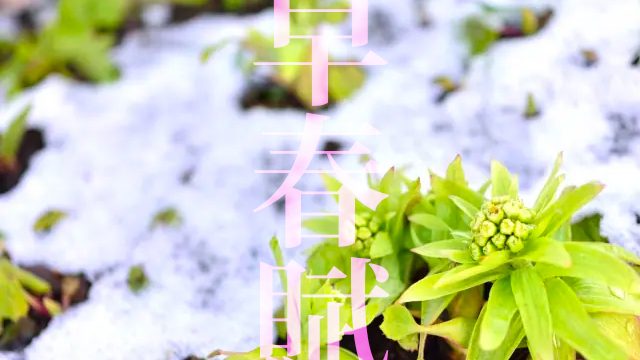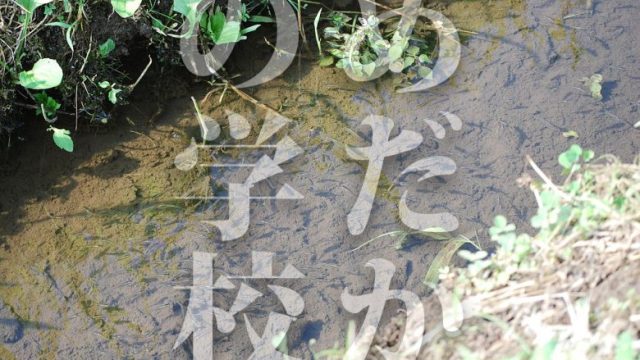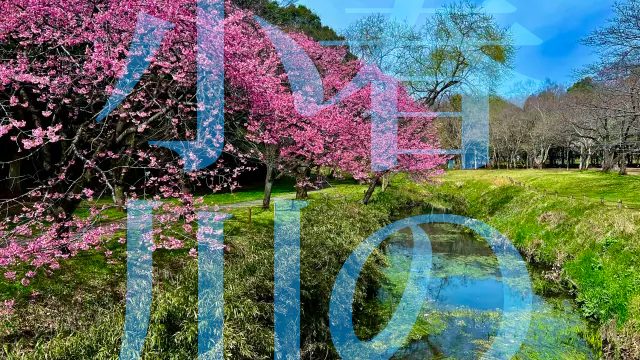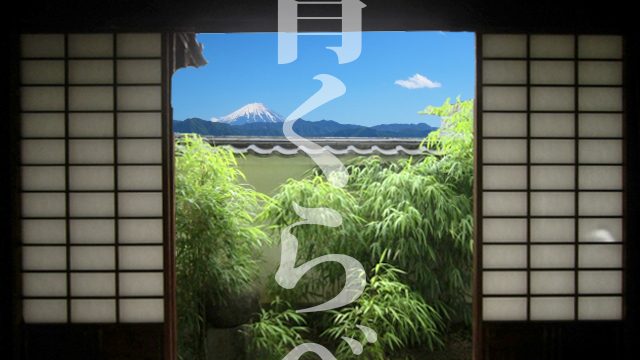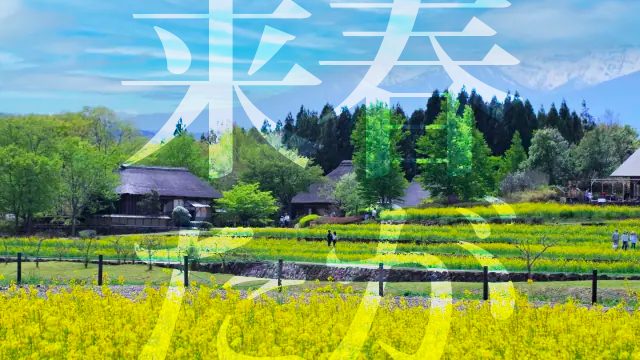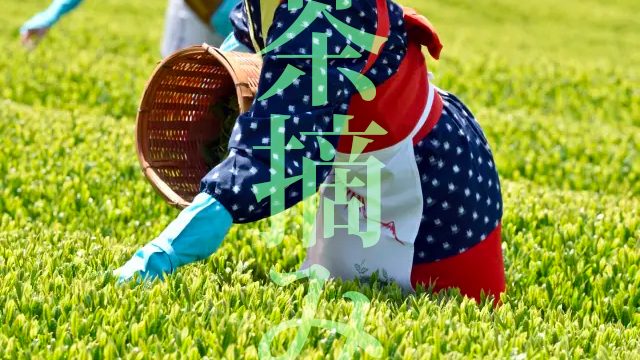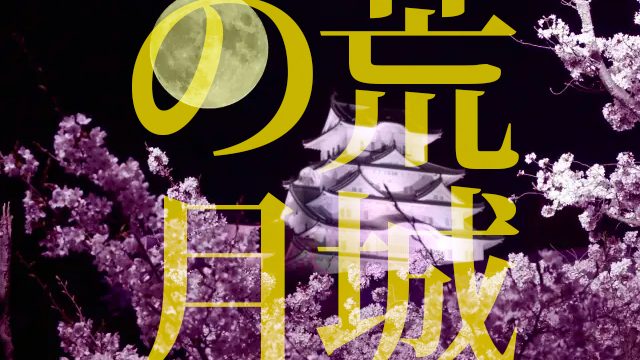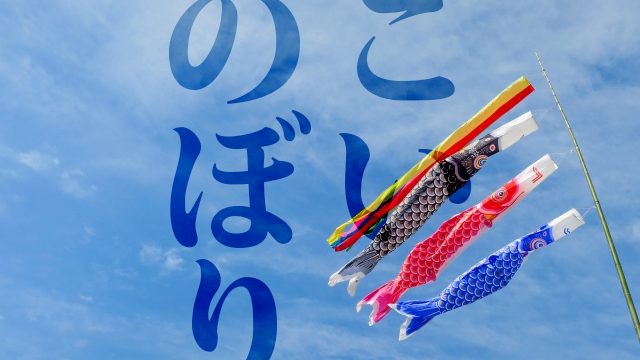The arrival of spring is like a dawn after a harsh winter. Even as the remnants of cold linger, cherry buds swell day by day alongside gentle sunlight. The scene is as if a pale pink snow were falling and piling up in the streets. Cherry blossoms hold a special place for Japanese people, symbolizing both the transience of life and the hope of renewal.
Spring is a season where graduation and enrollment, farewells and new encounters intersect. While feeling the pull of familiar days gone by, hearts leap at the prospect of new meetings, reflected in the fleeting beauty of the cherry blossoms. As people gaze at the falling petals, they steel their resolve to take new steps forward.
Cherry blossom viewing parties are held everywhere, and the sight of people conversing under the blossoms is a quintessential Japanese spring tradition. As the cherry petals scatter, new green buds sprout on the branches, and the next season begins brightly.


